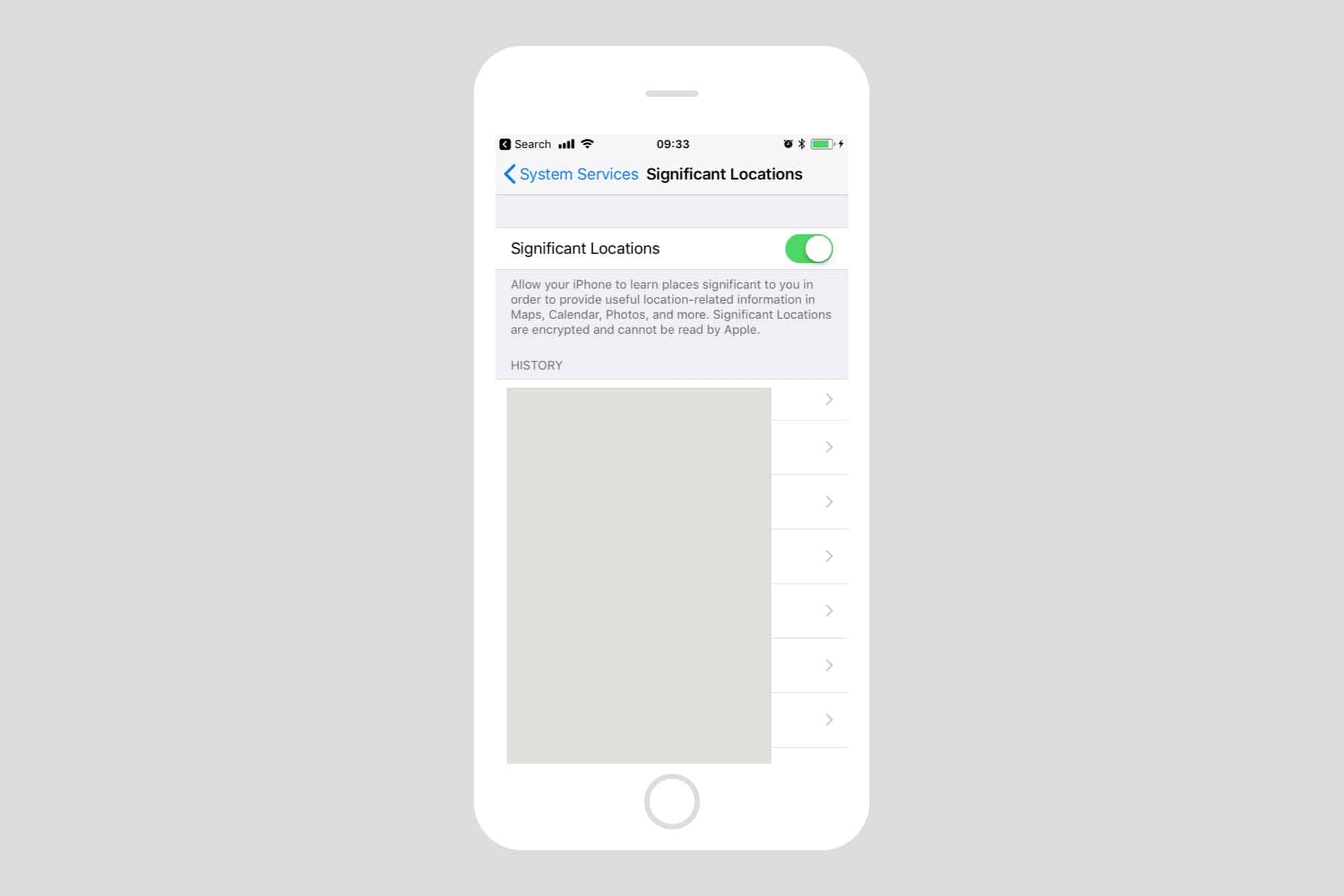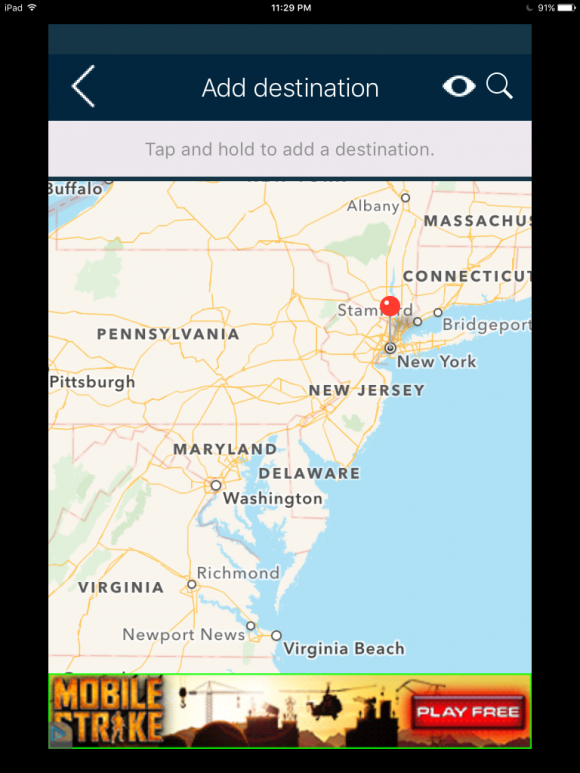
The nucleosynthesis of 26Al and 60Fe in solar metallicity stars extending in mass from 11 to 120 M ☉: the hydrostatic and explosive contributions. Nucleosynthesis in massive stars with improved nuclear and stellar physics. Explosive hydrodynamics and nucleosynthesis. The evolution and explosion of massive stars. in Landolt–Börnstein: Numerical Data and Functional Relationships in Science and Technology (eds Schaifers, K. A possible role for stochastic radiation events in the systematic disparity between molecular and fossil dates. Has the Earth been exposed to numerous supernovae within the last 300 kyr? Int. Cosmic ray antiprotons and the single source model.
#RECENT LOCATIONS PC#
Observation of 23 supernovae that exploded <300 pc from Earth during the past 300 kyr. Penetration of nearby supernova dust in the inner solar system. Electron-capture supernovae as sources of 60Fe. The formation of a blast wave by a very intense explosion. Similarity and Dimensional Methods in Mechanics 10th edn, 242–251 (CRC Press, 1993)

506 of Lecture No tes in Physics 483–494 (Springer, 1998) 166: The Local Bubble and Beyond (eds Breitschwerdt, D., Freyberg, M. Supershells and propagating star formation. Weaver, R., McCray, R., Castor, J., Shapiro, P. The initial mass function and massive star evolution in the OB associations of the northern Milky Way. Interaction of the Loop I supershell with the Local Hot Bubble. ESA Special Publication SP-1200, (ESA, 1997)Įgger, R. Astrometric and Photometric Star Catalogues derived from the ESA HIPPARCOS Space Astrometry Mission. New grids of stellar models from 0.8 to 120 M ☉ at Z = 0.020 and Z = 0.001. Numerical biases on initial mass function determinations created by binning. Properties of O vi absorption in the local interstellar medium.

Non-equilibrium ionization modeling of the Local Bubble. The distribution of Li-like ions in the Local Bubble. The history and future of the Local and Loop I bubbles. The origin of the young stellar population in the solar neighborhood-a link to the formation of the Local Bubble? Astron. Settling the half-life of 60Fe: fundamental for a versatile astrophysical chronometer. Evidence for nearby supernova explosions. The search for the origin of the Local Bubble redivivus. Signatures of a two million year old supernova in the spectra of cosmic ray protons, antiprotons, and positrons. Astrophysical shrapnel: discriminating among near-Earth stellar explosion sources of live radioactive isotopes.

In American Physical Society April Meeting 2013 58, abstr. Search for supernova 60Fe in the Earth’s fossil record. Search for supernova-produced 60Fe in a marine sediment. 60Fe anomaly in a deep-sea manganese crust and implications for a nearby supernova source. Indication for supernova produced 60Fe activity on Earth. There are uncertainties relating to the nucleosynthesis yields and the loss of 60Fe during transport, but they do not influence the relative distribution of 60Fe in the crust layers, and therefore our model reproduces the measured relative abundances very well. The remaining supernovae, which formed the Local Bubble, contribute to a smaller extent because they happened at larger distances and longer ago ( 60Fe has a half-life of 2.6 million years 9, 10). The closest occurred 2.3 million years ago at present-day galactic coordinates l = 327°, b = 11°, and the second-closest exploded about 1.5 million years ago at l = 343°, b = 25°, with masses of 9.2 and 8.8 times the solar mass, respectively. The 60Fe signal arises from two supernovae at distances between 90 and 100 parsecs. Here we report calculations of the most probable trajectories and masses of the supernova progenitors, and hence their explosion times and sites. The Local Bubble of hot, diffuse plasma, in which the Solar System is embedded, originated from 14 to 20 supernovae within a moving group, whose surviving members are now in the Scorpius–Centaurus stellar association 7, 8. Moreover, peculiarities in the cosmic ray spectrum point to a nearby supernova about two million years ago 6. Recent isotopic analysis is consistent with a core-collapse or electron-capture supernova that occurred 60 to 130 parsecs from the Sun 5. The signature of 60Fe in deep-sea crusts indicates that one or more supernovae exploded in the solar neighbourhood about 2.2 million years ago 1, 2, 3, 4.


 0 kommentar(er)
0 kommentar(er)
